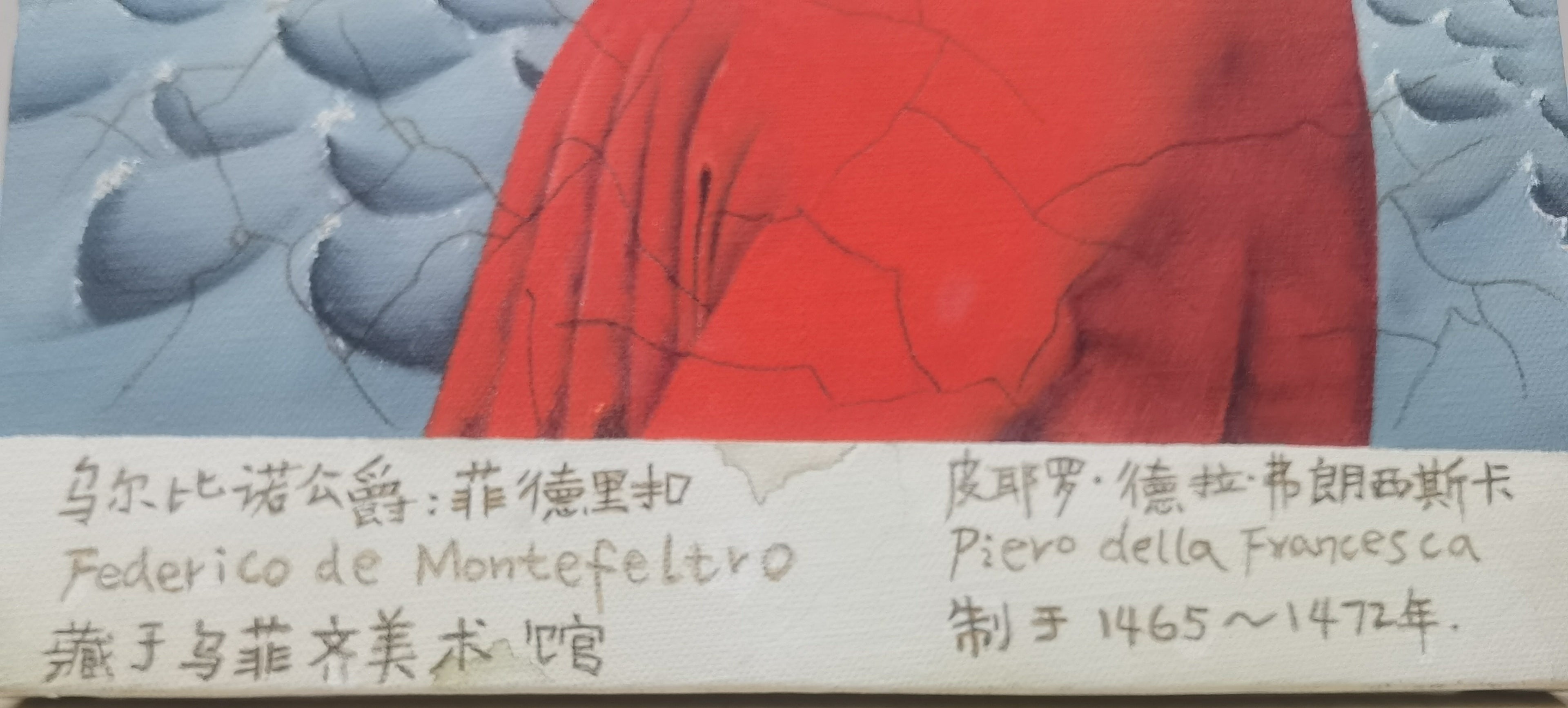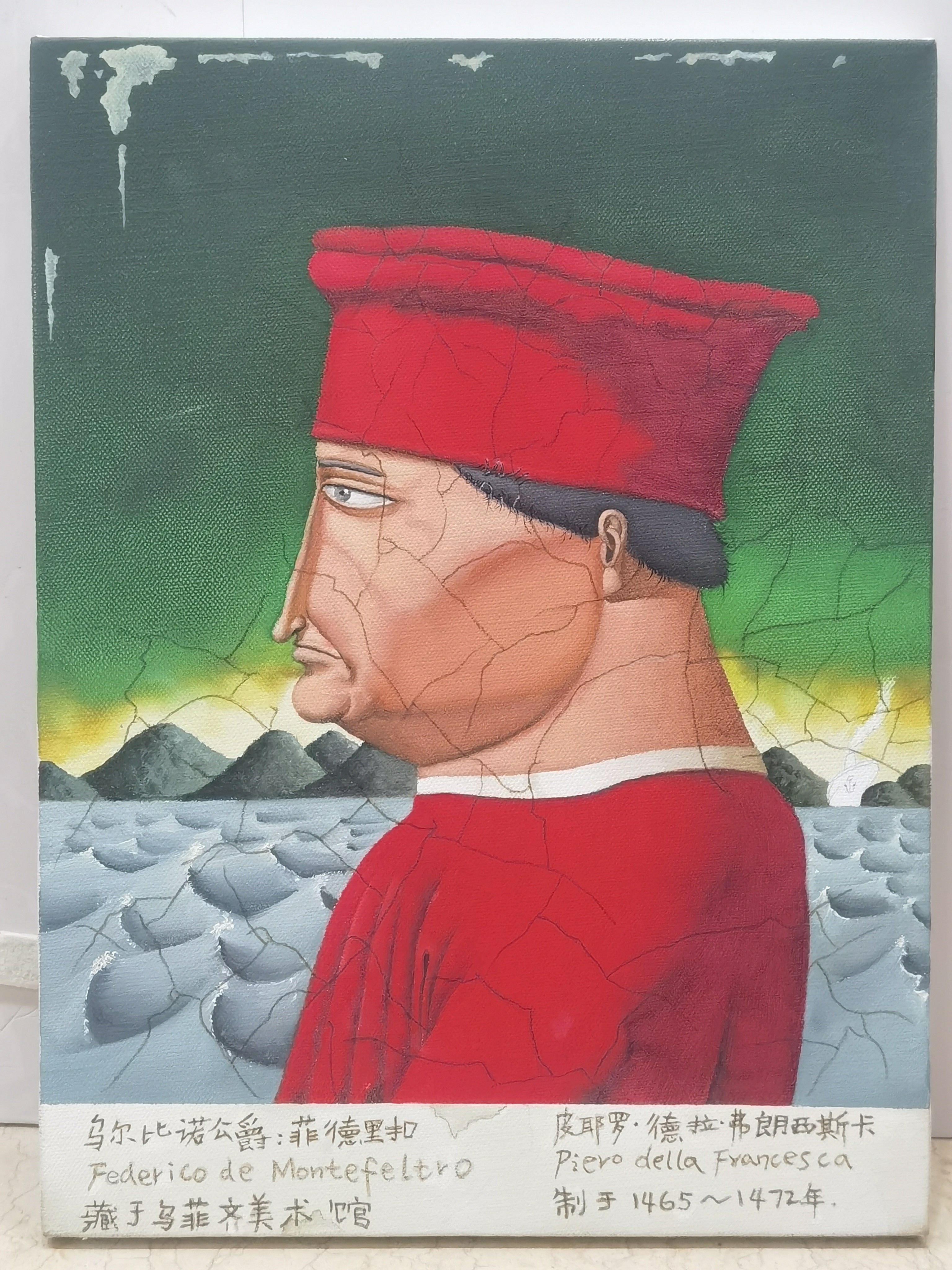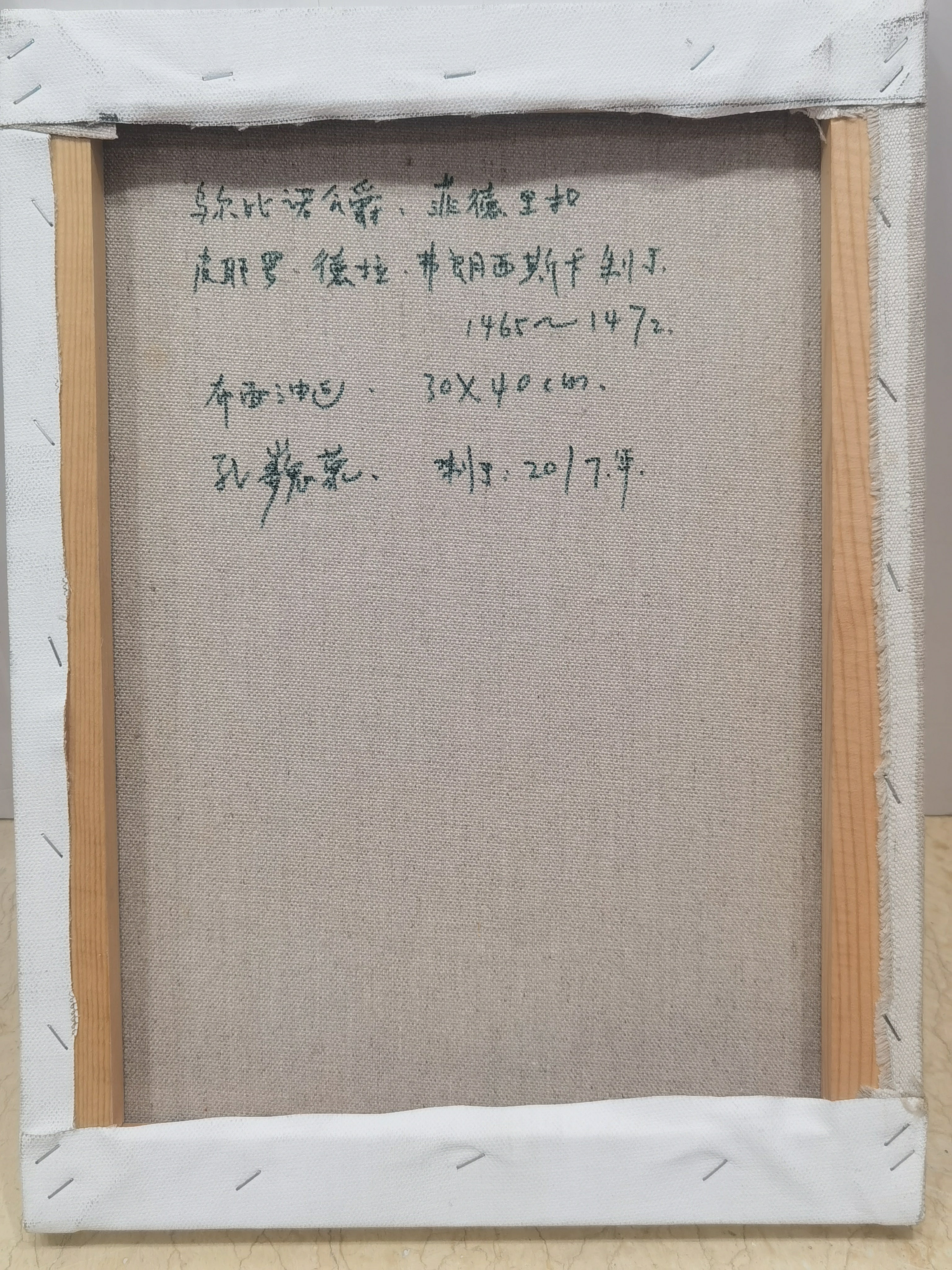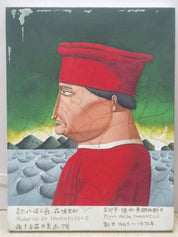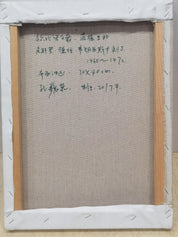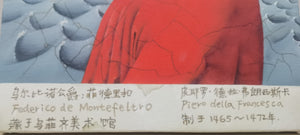Duke of Urbino
Kong Weimeng
Artwork Details
Artwork Description
Title: Duke of Urbino
Artist: Kong Weimeng (孔巍蒙)
Date: 2019
Medium: Oil on canvas
Dimensions: 11.8 x 15.7 in (30 x 40 cm)
Artwork Identification
This oil painting by Kong Weimeng reimagines Portrait of Federico da Montefeltro, the iconic Renaissance profile originally painted by Piero della Francesca between 1465 and 1472. Kong’s version pays homage to the historical masterpiece with contemporary visual language, noticeable in the simplified forms, heightened textures, and a subtly surreal setting. The artist intentionally introduces elements such as visible cracking and stylized distortion to evoke both the passage of time and the reinterpretation of historical icons.
Artistic Style and Influences
Kong Weimeng’s work often blends homage with satire, navigating the space between classical representation and modern reinterpretation. In Duke of Urbino, he draws from the Italian Renaissance canon while embedding it in a whimsical, exaggerated visual form. His treatment of surface cracking mimics aged canvas, while his use of bold color, stylized anatomy, and flattened perspective adds a contemporary, almost pop-art sensibility.
Historical Context
The portrait of Federico da Montefeltro is a staple of Western art history, revered for its formal precision and humanistic elegance. Kong’s reinterpretation not only revives the figure of the Duke but also comments on cultural transmission, reinterpretation, and the tension between authenticity and replication in global art narratives. The dual-language inscription reinforces the global dialogue embedded in the piece.
Provenance
Provenance documentation can be provided upon contact.
Condition and Conservation
The artwork is in very good condition. The visible “cracks” are part of the artist’s painterly technique, not deterioration. The canvas shows no structural damage, and color integrity is strong.
Artistic Significance
Kong Weimeng’s Duke of Urbino exemplifies his interest in dialoguing with art history through a playful yet respectful lens. By juxtaposing historical iconography with modern stylization, he encourages reflection on cultural heritage, identity, and reinterpretation. The painting stands as both tribute and critique, offering viewers a layered encounter with East-West artistic legacy.

